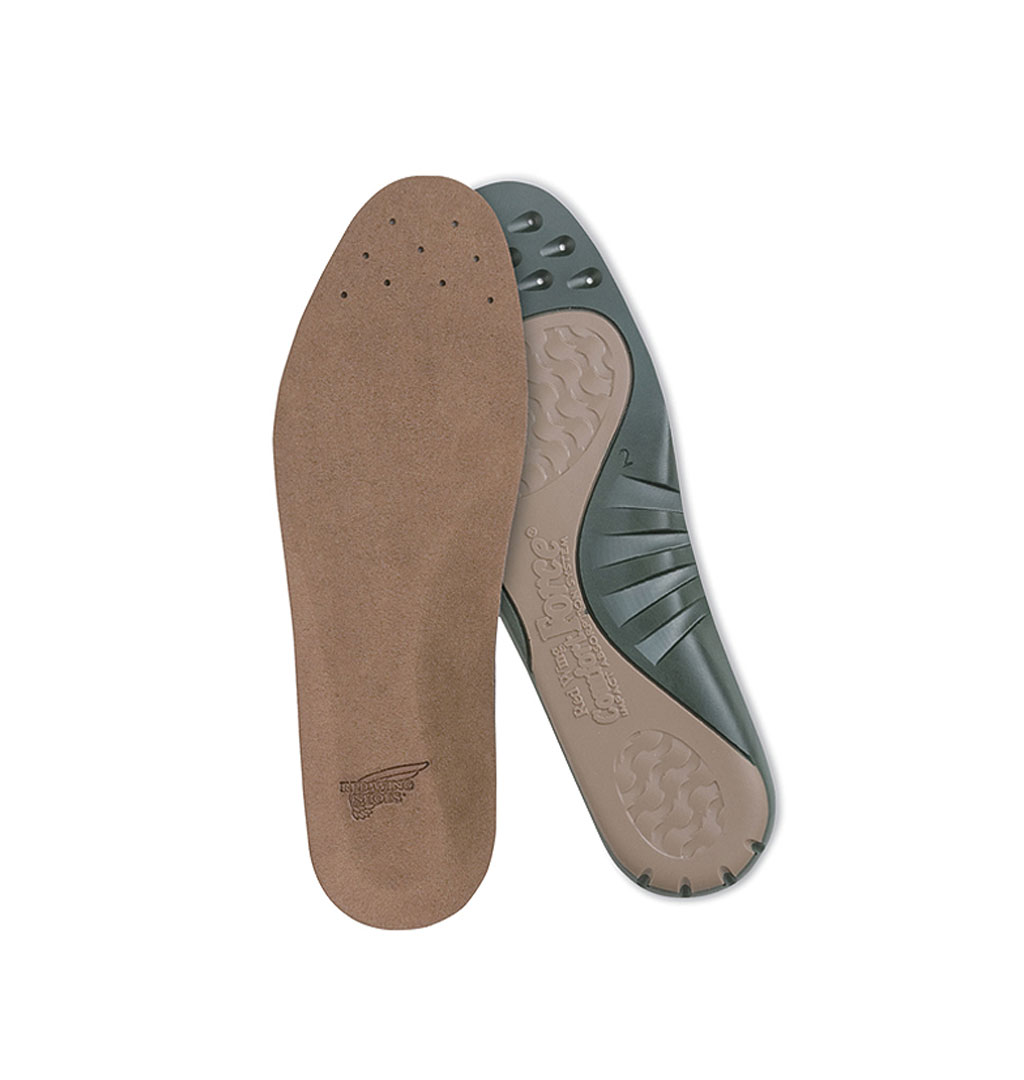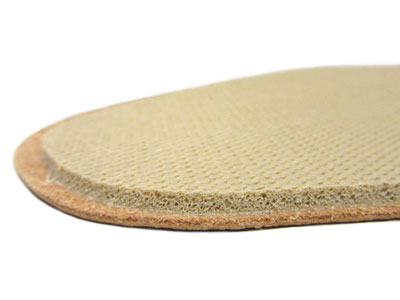

In addition to actual rubber, the outsoles can be made crepe or polyurethane. This is where the rubber meets the road, so to speak the bottoming stage is where the outsole of the boot is attached to the uppers. Lastly, the temporary tags are removed before the heel is shaped, and any remaining excess material is cut off before the boot is send off to bottoming. Then, excess material is trimmed off, the leather is pulled down tight on the last, and the sides are stapled. If the boots have a steel toe, it’s inserted in this step between the leather and the liner. This is how the toe of the boot is formed. Next, the vamp is softened by heat to be stretched over the last. The whole boot is then, temporarily, tagged to the last.

A stiffening counter is inserted between the two layers of the heel. The insole is then temporarily tagged to the last. Then, a ply rib is added, which also connects the rest of the boot. It keeps the rest of the components working together, and maintains the boot’s shape and comfort. In the lasting department, the insole is first added. This allows each step of the boot’s construction to be completed while retaining the original shape and dimensions of the foot portion. It creates the shape of the boot and defines what the boot is ultimately going to be looking like.Īfter the boots have been lasted, the last remains inside the boot until it’s completely finished. The lasts are made in the shape of average feet, and Red Wing has over 30 styles in a total of hundreds of sizes. Lasts are essentially a stand-in for your feet, and they’re made from very dense plastic. The lasting stage of making boots ensures they’ll fit your feet. Stage 3: LastingĪ key feature of any boot is a great fit. Once all the stitching of the upper is done, the boot is ready for the lasting stage. So Red Wing’s machine shop makes new parts when they’re needed! Parts for the Puritans are no longer available on the market. The Puritan stitching machine was patented in 1893 by the Puritan Manufacturing of Boston, Massachusetts-and Red Wing boots have been made on these machines since the early 1900s. As the thread goes through the leather, it’s coated in wax, which makes the stitching incredibly durable. And they play a key role in ensuring the hard-wearing and long-lasting durability that wearers have come to expect from a pair of Red Wing boots. The iconic three rows of stitches hold the front and back sections of a boot together.

This happens in the fitting room, where the upper of the boot is made. In the next stage of the process, the cut pieces of leather are sewn together. Workers in the cutting room know from experience exactly where on the hide each piece must be cut to get the best possible results. The lining is cut on a computerised cutting machine.Ĭutting the leather requires highly skilled work and careful calculations to maximise the usage of the leather. Then, a hydraulic press creates crisp, clean cuts. The pieces are cut by laying a die cutter, which is similar to a cookie cutter, on the leather. The first stage of turning that leather into a pair of boots is cutting it into the different pieces needed for that particular boot. In the first post in this series, I thoroughly investigated and discussed how leather is made.

Stage 2: Sewing the leather pieces together (fitting).The five stages of how Red Wing Boots are made


 0 kommentar(er)
0 kommentar(er)
